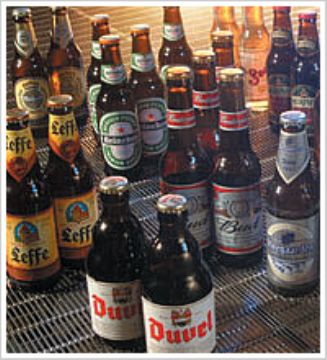Stainless Steel Conveyor BeltsShuke Metal Conveyor Belt Manufacturing, Inc. is a professional manufacture of metal conveyor belt, stainless steel conveyor belt, conveyor mesh belt, metal conveyor mesh belt, wire mesh conveyor belt, wire mesh belt, mesh belt, energy saving conveyor mesh belt, weave mesh belt, conveyor chain, sprocket, instant noodle box, etc.
Details of metal conveyor belt :
Material of metal conveyor belt:
conveyor mesh belt is made of various kinds of high quality stainless steel, low carbon steel, alloy steel for use, and it is rationally designed to advanced technology.
Application of metal conveyor belt:
conveyor mesh belt is extensively applied for conveying parts of metallurgy, food processing, pharmacy, glass print, special equipments.
Characteristics of metal conveyor belt:
conveyor mesh belt has the performace of high strength, heat & erode- resistant and also the capability of flexible and enduring.
Belt structure:
1. Eyelink to eyelink (type DO)
2. Modular structure with one or more welded underwires(type DP(L) and DL)
3. With flattened eyes for small opening (type DP)
Side finishing
1. With a welded side (LK)
2. Fitted with chain (KH) to be driven by gear wheels at the sides.
3. With side guide (ZG) for absolutely straight run.
4. Or with plastic blocks (KB) for virtually seamless connection to the machine frame.
Sizes:
1. Pitch (15.9 to 76.2 mm)
2. Wire diameters (1.6 to 3.2 mm)
3. Cross pitch (measured centre-to-centre of eyelinks 2.8 to 50 mm)
4. Number of underwires (0 to 8)
Stainless Steel Conveyor Belts are available in various materials, including AISI 304stainless steel and bright steel.
Drive
Belts depend on the right driving and turning wheels to operate well and without interruption, which is why our company develops and produces the required sprockets and rollers. Sprockets are equipped with special teeth configured for the belt structure, and tube, disc or strip rollers are available to drive the entire width of the belt.
Options
For specific applications, an eyelink belt can be fitted with options, such as edge plates (1) for thicker layers of unsorted products, or flights (2) for ascending and descending belts.
